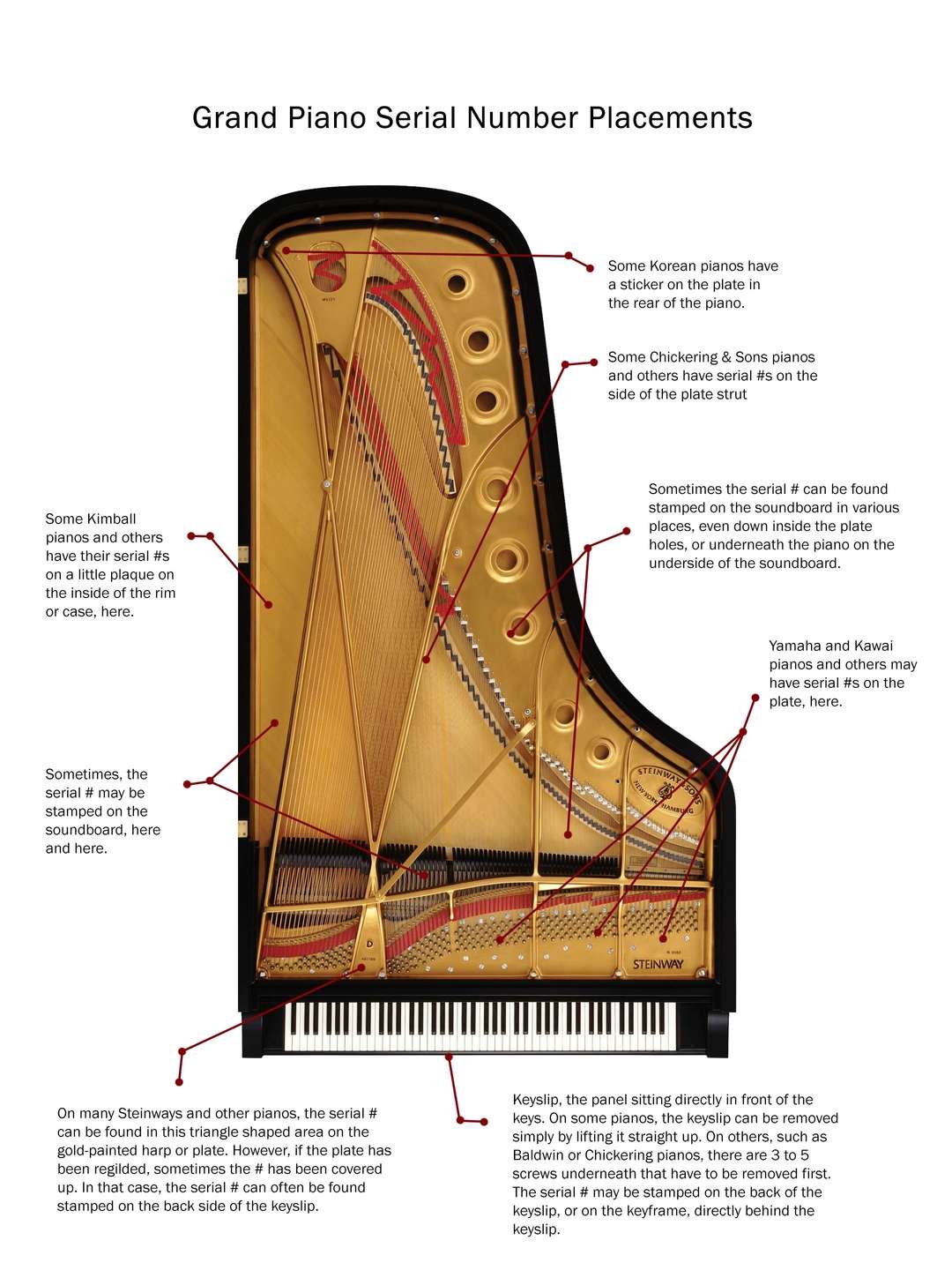
to import and distribute its pianos: Yamaha International Corporation.

1960 – 1969Īt the start of the 1960s, Yamaha made a major move, creating a new company in the U.S.A. Computer-controlled wood drying in the Yamaha factory.

In 1958, Yamaha set up a grand piano assembly line at its Hamamatsu headquarters. In 1956, the company completed work on Japan’s first computer-controlled artificial drying room, where the moisture content of wood - a vital factor for any piano - is adjusted to the optimum level after the natural drying process is complete. Spurred on by that model’s success, the company built one new facility after another in its continuing quest to make an even better piano. In 1950, Yamaha released the FC concert grand piano to great acclaim.

Before long, well-known European pianists were taking favorable note of Yamaha instruments, among them Arthur Rubinstein and Leo Sirota. Schlegel’s advice yielded a much improved product. In 1926, the company invited Ale Schlegel, an expert piano technician from Germany, to visit with the craftsmen at the Nippon Gakki facilities in Hamamatsu, Japan and discuss piano making in exhaustive detail. 1902īy the 1920s, Yamaha craftsmen were regularly traveling overseas to gain knowledge of the latest European piano production techniques. Louis World’s Fair, where it received an Honorary Grand Prize. Even so, Torakusu did send one of his pianos to the 1904 St. During this early period, the company focused on manufacturing instruments for the Japanese market, where interest in Western classical music was still relatively new. Just two years later, the Nippon Gakki factory resonated with the tones of its first grand piano. The first piano to be made in Japan was an upright built in 1900 by Torakusu Yamaha, founder of Nippon Gakki Co., Ltd. Here’s a brief history that shows how one man’s dream to craft the world’s finest concert grand pianos became a reality, thanks to the efforts of a century’s worth of skilled craftsmen and musicians. The letters ‘sn’ mean serial number.The distinctive sound of Yamaha pianos can be heard today in concert halls, recording and rehearsal studios, places of worship, and educational institutions of every level.īut this success was far from sudden in fact, it’s been more than a hundred years in the making. The following list of numbers represents the date of manufacture followed by the piano serial numbers. You’ll find 157 Piano Manufacturers on this list.

Once you have found the serial number of your piano you can find out its date of manufacture. If you are thinking of selling your piano, knowing the age of it certainly helps Find out how old your piano is by finding out the serial number and then checking it against this list of piano brands.


 0 kommentar(er)
0 kommentar(er)
